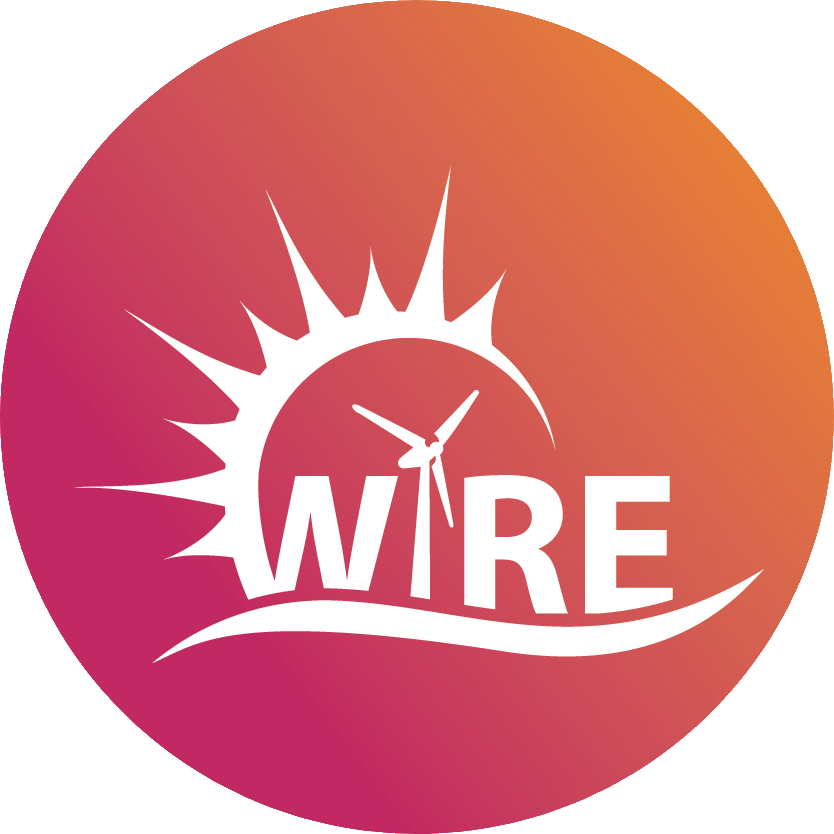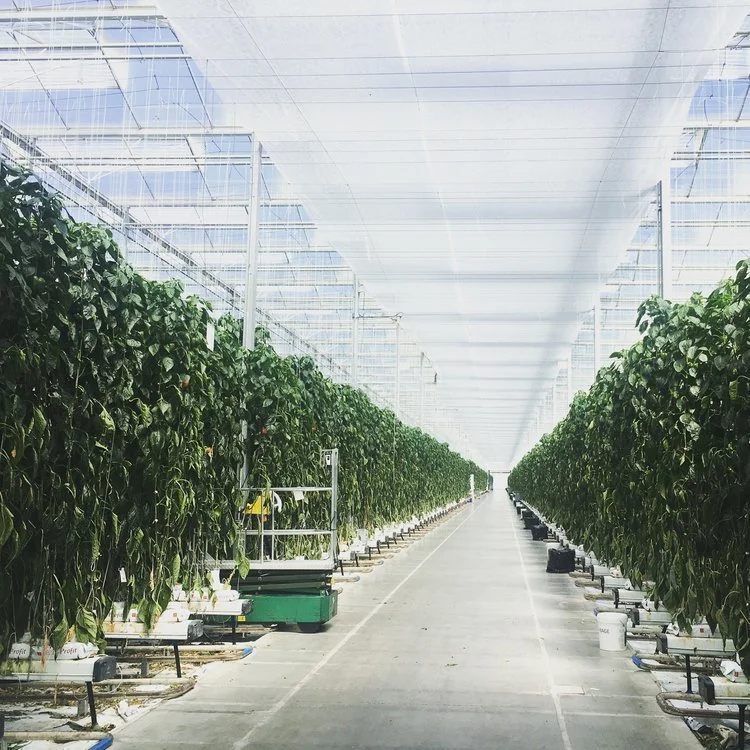Megan Lund, Planner, Transmission Integration, Independent Electricity System Operator (IESO)
Megan Lund is a Planner, working in Transmission Integration at the Independent Electricity System Operator (IESO). The IESO manages the power system for all of Ontario, planning for system generation and transmission while delivering conservation programs and running the electricity market. She is a graduate of The University of Toronto Engineering Science program. Prior to the IESO, she worked in power distribution at Toronto Hydro. In her current role at the IESO, she enjoys working in the public sector finding solutions that put the ratepayer’s interest first.
Engineering Energy
Megan’s path to her career in energy started way back in high school. In her grade 12 physics class, Megan participated in a year long project to build a solar power water heater; this project was her first experience with engineering, and it inspired her to pursue the prestigious Engineering Science program at UofT. The Engineering Science program offered a unique course structure that helped her gain the foundational background needed to pursue a career in engineering. She explains that the foundational courses needed in all disciplines are covered in the first two years, before students have to select a specific branch of study. In her second year, she took a Technology and Public Policy course, where she began to learn about the connection between technology and engineering, and its potential relation to tackling environmental issues and climate change. By third year, she decided to take the energy option in the hopes of taking control of the situation and engineering solutions in the field of energy. While in school, she was involved in a number of extracurricular activities, including serving as president of the University of Toronto Environment Resource Network – a group that funded environmental initiatives across campus. She finally broke into the electricity industry when she did her Professional Experience Year (PEY) at Toronto Hydro, and has never looked back since.
Planning Energy Smart
Megan joined the IESO three years ago and works as a Planner in the Transmission Integration department. Her team is involved in bulk system and regional planning of Ontario’s transmission network or ‘power highway’. Her areas of focus include Barrie-Innisfil and southwestern Ontario. As she describes, there are several factors that are in play when developing solutions for meeting customer needs. Typically, three main categories of solutions are considered:
Non-wires solutions
Planning for electrical supply to an area, whether it is distribution, transmission or generation, starts at the consumer side. One has to look at the customers’ loads in order to plan for supporting them today and into the future. When developing a load forecast for determining capacity or reliability needs for an area, existing provincial targets for conservation and demand side management are incorporated, as well as the impact of any distributed generators which have a contract but haven’t come into service yet.
In addition to accounting for these existing resources, the IESO will look at the potential for conversation, demand side management and distributed generation alternatives to contributed to meeting any remaining needs in the area, either through deferring future investment or as part of an integrated solution. This can provide benefits not only for the customer but for the power system as a whole.Wires Solutions
With the generation currently available on Ontario’s system, it often makes sense to make use of existing system resources to meet local needs by reinforcing the existing transmission system serving a local area. This could mean building or expanding a sub-station or upgrading or building new transmission lines. Due to the long service life as well as long lead-times for transmission investments it’s important for planning forecasts to look out 10-20 years ahead in order to properly consider investments.Centralized Local Resources
In situations where there is a need for additional generation on the provincial level, there can be opportunities to locate the generation where it may also offer a local benefit by relieving or deferring a local capacity need.
At the end of the day, the recommended solution will depend on a number of factors including the solution’s ability to meet the need, the overall cost of various options being considered, the lead time to implement a solution relative to when a need emerges and the certainty of the load forecast.
Know the ABCs of the Electricity Sector
Megan’s advice for aspiring individuals: Know the ABCs of the electricity sector. It is very impressive when someone comes in for an interview and knows how the energy sector operates and who the involved parties are. She also explains that having good background knowledge can even start at school - for example, power system courses can help aspiring students understand the constantly changing energy sector.
Nowadays while working at the IESO, Megan keeps track of buzzworthy topics and changes going on in the electricity sector by listening to podcasts and attending informational seminars. Specifically, she reads a daily news digest of articles related to the Ontario electricity sector and listens to the weekly Energy Gang and Interchange podcasts hosted by an electricity system information services provider, Green Tech Media. She also attends informational seminars hosted by WIRE and Young Professionals in Energy. These seminars feature speakers who are working or actively involved within various areas of the energy industry.
Megan’s Inspirations
Megan says that there are a lot of role models she has that have helped move her forward in every step of her career. She cites a number of her former coworkers in distribution planning at Toronto Hydro, who taught her all about the technical aspects of working in the electricity and distribution power sectors. Her current boss at the IESO is another one of her role models as he is constantly pushing her and the team forward in finding solutions that suit the ever changing needs of its customers.
Megan insists that the energy industry is an exciting place to be – the energy sector is continuously evolving, and as the system becomes ever more complex to deal with increasing renewable energy, it will continue to challenge and reward smart and hard working individuals helping to solve tomorrow’s problems. So take up the challenge and keep powering forward!
Feature Project: Planning for the Windsor Essex Area
One of Megan’s major ongoing projects involves planning for the southwestern area of Ontario, i.e. the Windsor-Essex region. This region consists of 9 towns and cities including the City of Windsor, Town of Kingsville and the municipality of Leamington.
An initial Integrated Regional Resource Plan (IRRP) for the region was published by the IESO in 2015. This plan looked at the existing and future load requirements as well as their associated electrical distribution and any updates or modifications that were needed. This initial plan focused on the supply to the Kingsville and Leamington area and included a recommendation to develop a new 230kV sub-station in Leamington.
Since 2015, the load forecast for the region has continued to evolve and the area is experiencing unprecedented growth. This region is mostly rural and contains the largest greenhouse vegetable production in North America. The area of Leamington/Kingsville has around 2000 acres of greenhouse ‘under cover’ area. With the new station in the Leamington area, the number of these established growers installing new equipment or expanding facilities has increased dramatically, meaning the initial plan for this region does not meet the updated capacity requirements.
Further planning for this area is currently being undertaken with several parties getting involved. This includes the IESO, Hydro One, the impacted Local Distribution Companies (LDC) and the customers, particularly those in the greenhouse sector which are driving the majority of the load growth.
Want to learn more? Visit http://www.ieso.ca/windsor-essex



